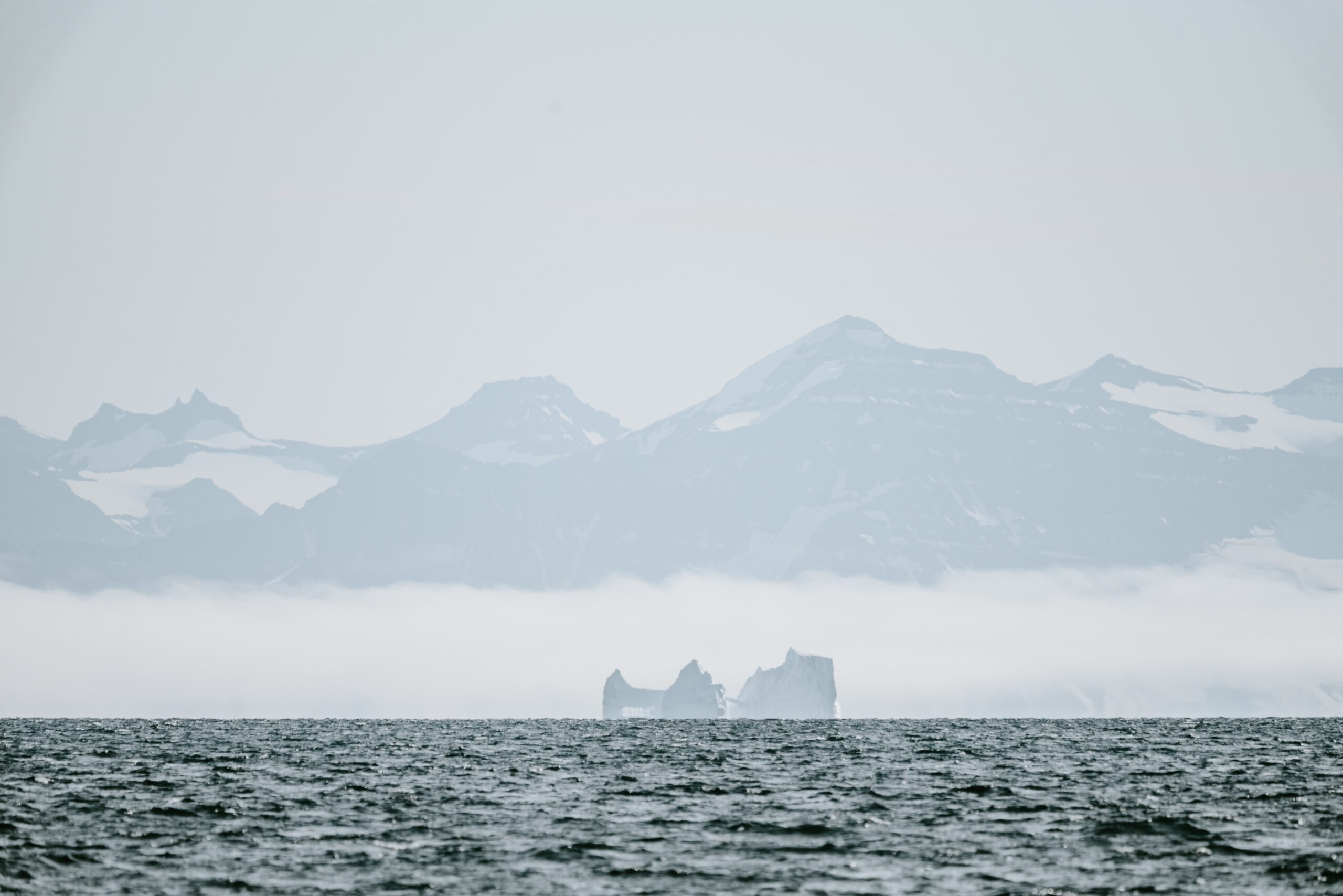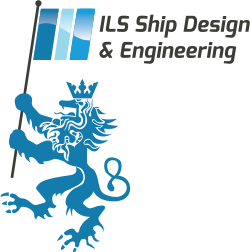Writer: Jyrki Lehtonen, ILS Oy
January this year marked the 53rd anniversary of my graduation from the Helsinki University of Technology in Otaniemi. These years have included 51 newbuilding and major conversion projects, in the completion of which I have played a close role. Of these vessels, 17 are research ships, archipelago ferries and coast guard vessels built at Oy Laivateollisuus Ab Shipyard in Turku, Finland; 24 are icebreakers, ferries, navy vessels, tugboats and other vessels designed by ILS Oy and built in different shipyards in Finland and around the world; and the remaining 10 are major conversions conducted in order to change the purpose and/or technical characteristics of ships.
Choosing the most memorable of the many work sites you like is a difficult task, because each one has left a lot of memories. In the end, it could be the implementation of the design and construction of the oil spill response vessel “Louhi. It was a project about which I have sad and dramatic and also happy and optimistic memories.
The project started with a tragedy as, at the end of 2005, Chief Engineer with the Finnish Environment Institute (Syke), Erkki Mykkänen, passed away after a long battle against a serious illness. He was the key person and inventor in the development of the methods of combating oil spilled into the sea; he did successful work even during his illness. He had developed oil response systems that work in both open water and ice conditions for the Finnish Environment Institute’s oil response vessels. Around the time of his illness, under his leadership, both an oil collection system that works in rough seas and a hydraulic brush collection system for oil collection in ice conditions were developed.
At Erkki Mykkänen’s funeral, we remembered with Syke’s other key people, e.g. Kalervo Jolma, Kari Lampela and Jouko Pirttijärvi, his enthusiasm and expertise. We thought that the oil spill recovery related product development should not go to waste, even though the planned construction of an oil spill response escort icebreaker had been shelved by the state administration. Someone from the party figured out that even though Syke’s oil response vessels had been overhauled, their operation in icy conditions in the event of a major oil spill would be really difficult. Together we thought that, as Syke’s OSRV “Hylje”, operated by the Finnish Navy, was already quite old, it could be replaced with a new ship that would have an collection system for stormy conditions, a brush collection system for ice conditions and the ability to collect dangerous chemicals from the sea. The Navy’s costs would not increase when OSRV “Hylje” could be sold and replaced with a new ship, which, in addition to everything, could serve as a distributor of fuel for forts and warships in transit, a carrier of heavy deck cargo and an icebreaker for Navy ships.
The Navy’s initial reaction to the idea was positive. The Navy also immediately thought the vessel’s planned operational profile should be broadened at least with cable-laying capabilities, as the existing cable-laying vessel was beginning to outgrow its age. The Navy became more interested in the matter, and the preliminary conceptual design of the new multipurpose vessel as the basis for the ship’s financing and possible construction decision began just a couple of months after Erkki Mykkänen’s funeral at the end of November 2005.
The goal of the conceptual design of the ship was to obtain unambiguous design material for the request for tenders to be sent to the shipyards, and it began at the end of 2006, after the preliminary agreement between Syke and the Navy had been signed. The design process was closely attended by representatives of Syke and the Navy. During the design work, the structure of the ship developed piece by piece.
Syke’s latest oil recovery systems for open sea and ice conditions were incorporated into the concept, as well as the equipment needed for search and rescue operations, emergency towing, firefighting, cable laying and chemical recovery. The Navy’s requirements for the vessel to act as a supply and support vessel in all seasons had to be taken into account. The shape of the vessel’s hull was designed according to demanding icebreaking requirements. The vessel was to have sufficient icebreaking capability for all ice conditions that occur in Finnish coastal areas – it had to be able to reach the rescue operations area autonomously. The vessel was also equipped to act as a lead ship in various accident situations.
The design of the concept progressed during 2007 so that after the final refinement of the specification in September 2007, the material was sent to the shipyards as an attachment to the invitations to tender. Around the same time, I myself was living the most difficult time of my life in the midst of my wife Riitta’s difficult illness. The last technical specification corrections I had made at her bed at Paimio Hospital. She died on the first day of October 2007.
At the end of September, Syke received offers from three shipyards. The price difference between the first two offers was small, and in the revision of the offers, in which ILS also participated as the main designer, it was decided to accept both offers as a basis for further negotiations. Aker Yards Oy from Rauma, which gave the lowest price, had included in its offer its own technical material with numerous drawings. These were carefully reviewed by all parties, and in mid-October, Syke confirmed to the shipyard that it was ready for contract negotiations. Syke and the shipyard reached an agreement on most of the deviations found, and it was agreed that the final contract negotiation will be held at Syke’s office on October 17, 2007, and that if an agreement is reached on the remaining deviations, the negotiations will continue with the signing of the contract and a dinner.
The negotiations began in the afternoon in good spirits in the conference room of Syke’s premises on the top floor of the building, which had a great view of the adjacent park. October’s sunny weather and autumn colors behind the window created a great setting for the participants, who were all dressed appropriately for the dinner. Under the chairmanship of Syke, the remaining points of the agreement were reviewed efficiently, and it seemed that there was still some free time left between the negotiations and the dinner.
As the basis of the tender request, the technical specification contained a mention of spare parts that the customer required to be delivered with the ship. The representatives of the shipyard confirmed that their procurement is of course the responsibility of the shipyard, but that their price is not part of the offer. Syke’s representatives could not do anything but stick to their position, after all, the text of the request for tender was so clear. The representatives of the shipyard started a round of calls to the management of the shipyard to get advice on how to proceed. The management of the shipyard could not be reached – there was a chance to get a connection after about 2 hours. Syke suggested having dinner while waiting, as it was served anyway. The table discussions were quite few and touched on the world situation, the situation of the Finnish shipyard industry, autumn weather forecasts and other equally harmless topics.
After the dessert coffee, the representatives of the shipyard went together to the next room to make the phone call. When they came back, it was obvious that promise to give up an inch had not come from the management. Syke’s management had to to state that the construction negotiations had failed. However, Syke wanted to thank all parties for the work done and decided within a few days to inform the parties about how to proceed.
After a few days, Syke announced that it wanted to review the content and terms of the offer with the shipyard, which came second in the negotiations – UKI Workboat Ltd – to ensure that there would be no more surprises. ILS was also involved in the negotiations, which were really short and clearly confirmed that the shipyard had read the tender material and submitted its tender accordingly. We calculated with Syke that if the price of the spare parts is added to the price of Aker Finnyards, the order will change and the offer from Uusikaupunki will be the cheapest. At the end of the meeting, Syke announced its readiness to order a vessel from the Uusikaupunki Workboat, provided that the text of the agreement is still agreed. The contract for the construction of the ship was signed on 26.10.2007.
The ship’s construction time and test runs showed that the shipyard was well prepared for this big challenge for them. The ship was handed over on time in 2011.


